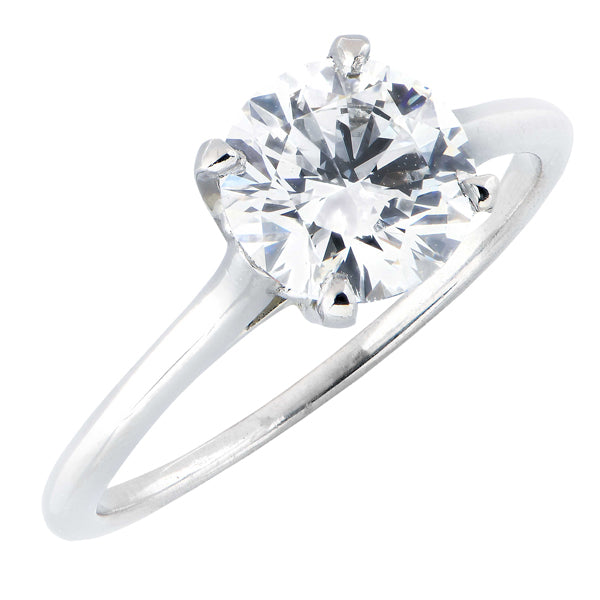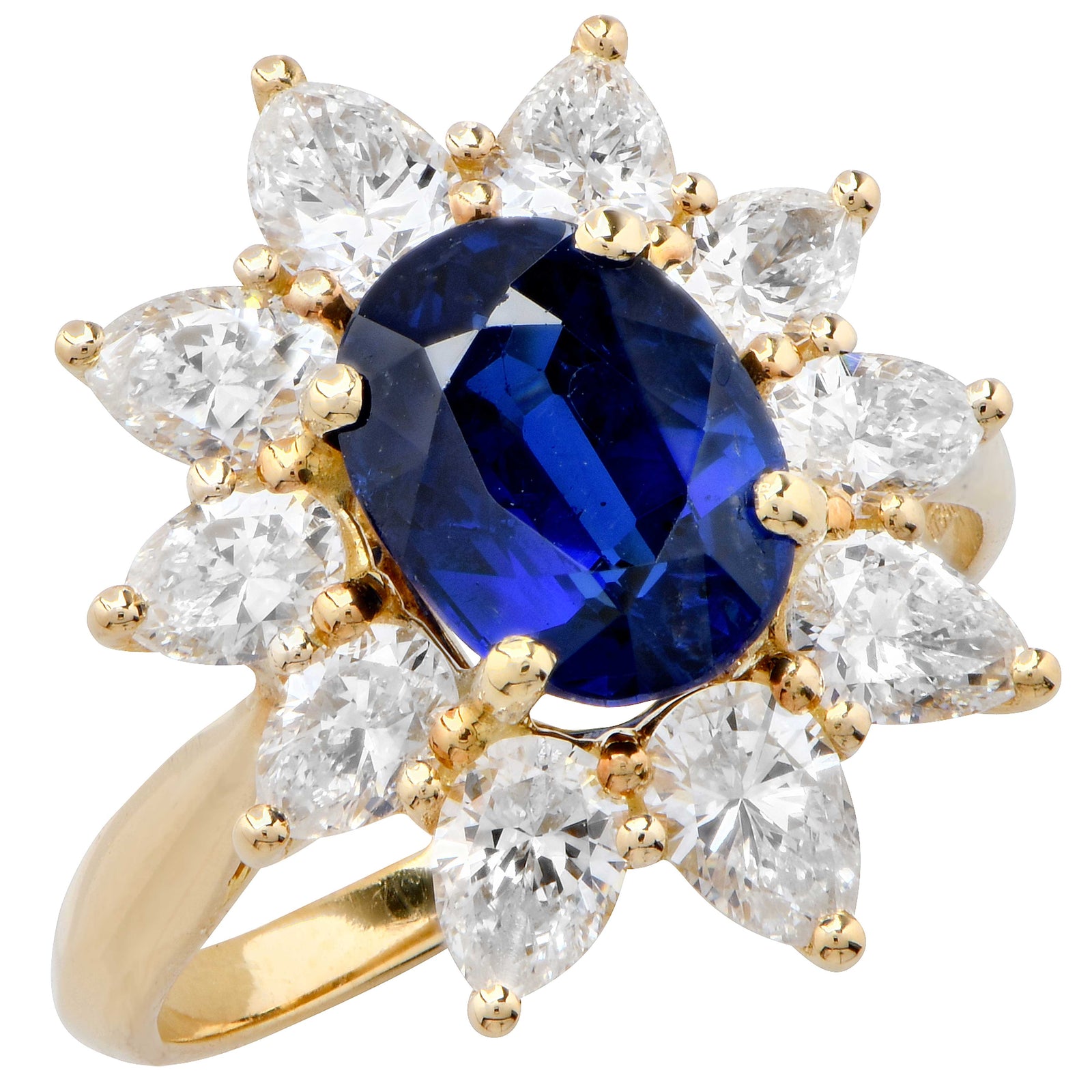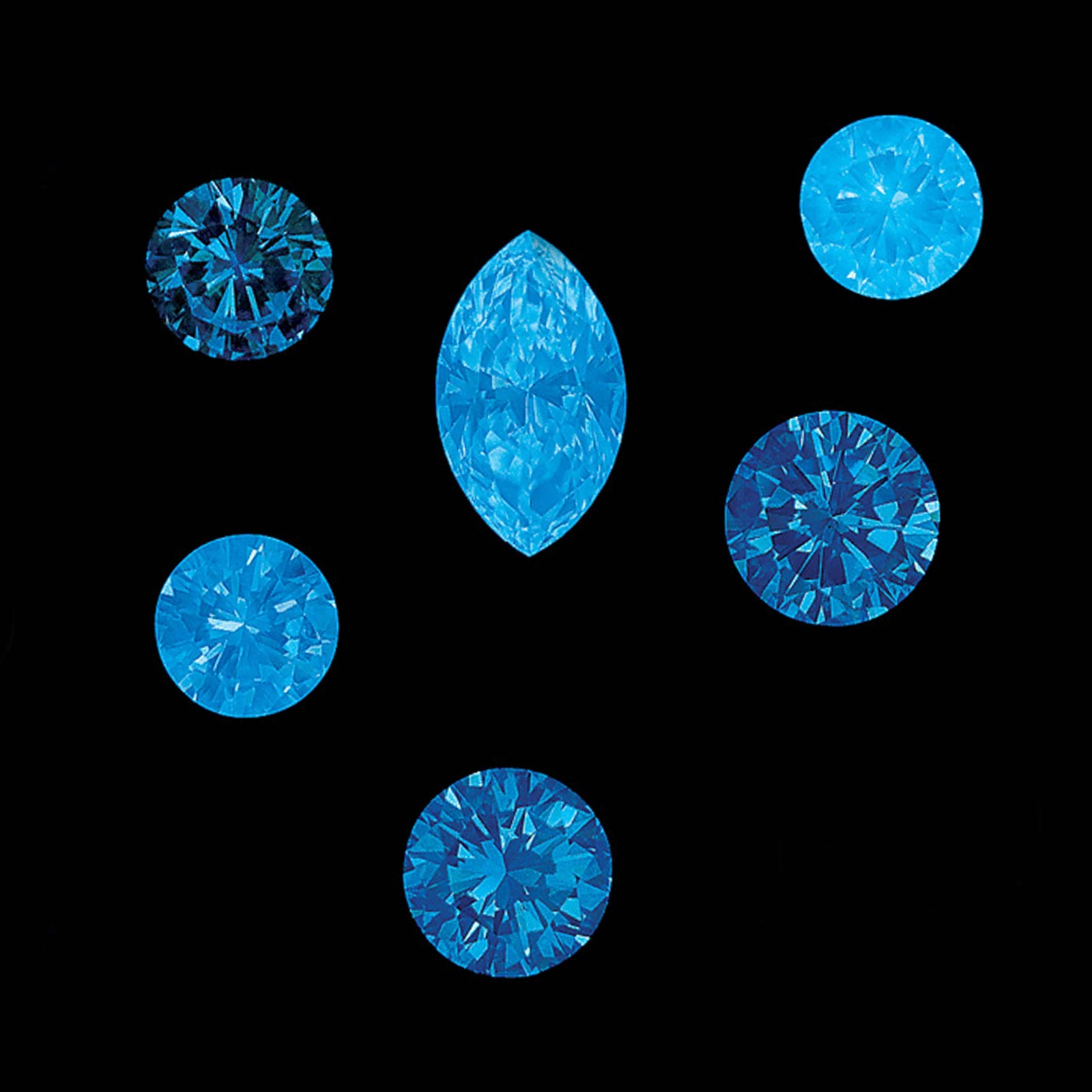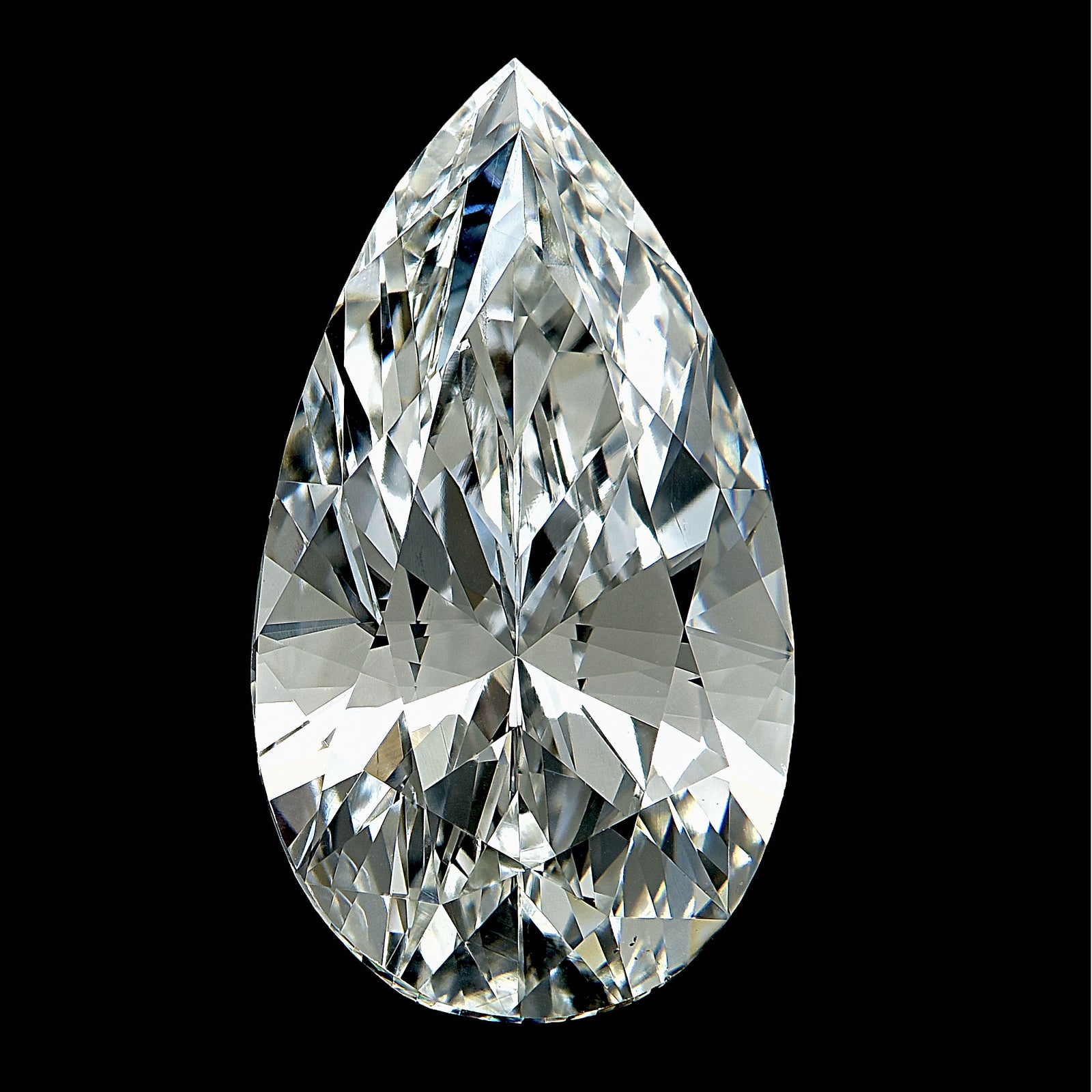As mentioned previously, fluorescence is a factor in determining value in a diamond. Those with strong fluorescence are valued far less than those without. There are several instances however which make fluorescence and photo -luminescence useful tools in determining the origin of a diamond. That is to say that fluorescence and photo-luminescence can be used to determine if a diamond is natural or synthetic in origin. Synthetic diamonds are much lower cost than natural diamonds as manufacturers are free to create as many diamonds as they can thus flooding the market with synthetic diamonds. Natural diamonds are relatively rare and vast investments in mines, equipment and effort must be made in order to extract them from the earth.
Gemologists at the Gemological Institute of America (GIA) use several tools to determine if a diamond is natural or synthetic. Among these tools are short and long wave ultraviolet light units which are used to reveal growth patterns in synthetic diamonds. Another way to determine if a diamond is possible synthetic is the use of a short wave ultraviolet lamp to observe if a diamond is transparent to it or if it blocks short wave fluorescent light. All synthetic diamonds are type two diamonds, this means they do not have any nitrogen in their matrix and therefore are transparent to short wave ultraviolet light. The GIA tests all diamond which go in for a grading report to see if they are natural or synthetic. The first stage in this testing is determining if the diamond is type one or two. Once this is done then all of the type two diamonds undergo further testing to determine if they are natural or synthetic.
There are two types of synthetic diamonds, Chemical Vapor Deposition (CVD) and High Pressure High Temperature (HPHT). Each one of these create a specific type of tell tale sign and the GIA is very good at detecting and classifying diamonds. Synthetic diamonds which are grown by either method differ greatly in their growth patterns from those who are natural and grow inside the earth’s crust. Synthetic diamonds usually exhibit some kind of pattern which is obvious and divulges their true origins.
Photoluminescence is cause when a diamond is briefly exposed to ultraviolet light and continues to glow when that light is removed. This method of detection is great for finding CVD diamonds as they always exhibit photoluminescence. While there are very rare instances of a natural diamond exhibiting growth patters under ultraviolet light or having very short term photoluminescence, these are extremely few and far in between.
Once again it all boils down to trust. You must find a jeweler who is technically adept and can identify diamonds which exhibit some of these signs in order to protect you from buying a synthetic diamond. Recently, the GIA tested a parcel of nice carats of very small diamond and found that out of thousands only two were not synthetic. This is how prevalent small diamonds are being sold as natural when in deed they are synthetic.
Here you will find more information from the GIA https://www.gia.edu/identifying-lab-grown-diamonds.
On my next blog I will talk about color diamonds and how they get their color. Please stop by the store to talk about any of these matters and let me be your inside guy in the jewelry industry.












